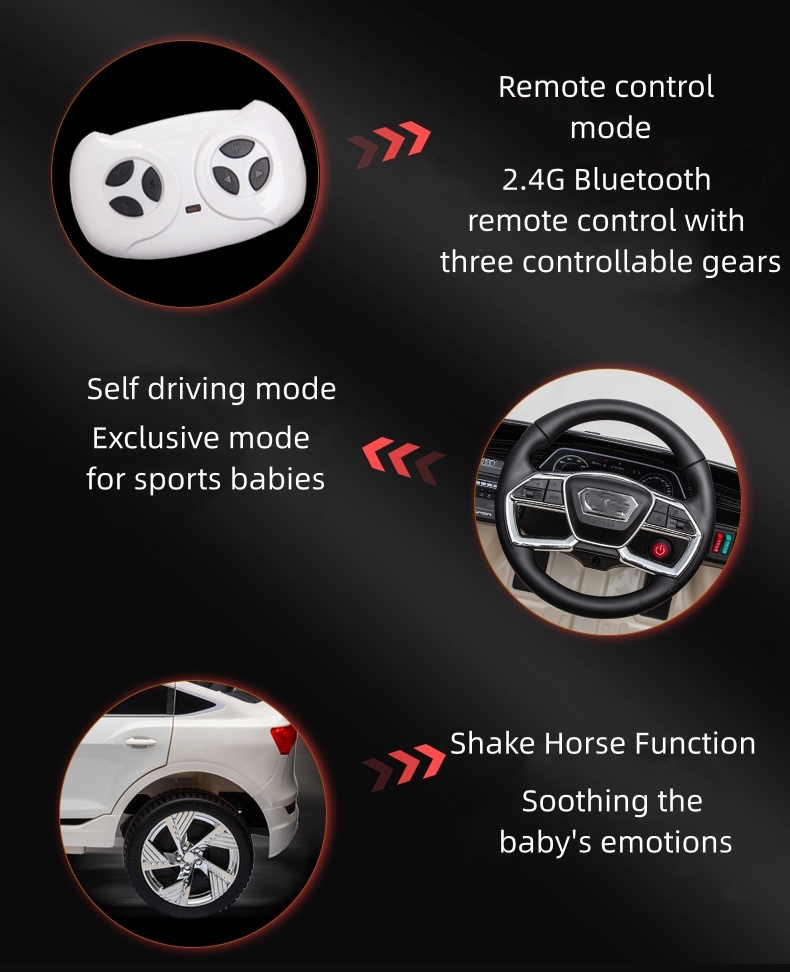Understanding the Longevity of Self-Balancing Scooter Batteries and Their Performance Factors
Understanding Self-Balancing Scooter Battery Life
Self-balancing scooters, commonly known as hoverboards, have become increasingly popular due to their fun, eco-friendly nature and ease of use. However, like any electronic device, their performance and usability heavily rely on battery life. Understanding the factors that influence battery life can help users make informed decisions and optimize their riding experience.
Battery Technology
Most self-balancing scooters are powered by lithium-ion batteries, which are known for their high energy density and long cycle life. These batteries can offer anywhere from 200 to 500 charges before their capacity significantly diminishes. The primary advantage of lithium-ion batteries is their ability to hold a charge longer than traditional batteries, contributing to a superior riding experience. However, users should be aware that not all lithium-ion batteries are created equal. Buying scooters with reputable brands or suppliers that guarantee quality batteries can substantially impact the overall longevity and reliability of the scooter.
Factors Affecting Battery Life
Several factors influence the battery life of self-balancing scooters. One of the most significant variables is weight. Heavier riders tend to drain the battery more quickly due to the increased energy required to maintain balance and speed. Additionally, the terrain plays a critical role; riding on flat surfaces typically requires less energy compared to hilly or uneven terrains.
Speed settings also affect battery consumption. Higher speed settings lead to faster battery depletion, so users aiming to extend their ride could consider employing lower speeds when possible. Environmental conditions, such as temperature, further impact battery performance. Extreme cold can reduce battery efficiency, while very hot temperatures can lead to battery degradation over time.
self balancing scooter battery life

Average Battery Life
On average, most self-balancing scooters can travel between 10 to 20 miles on a single charge, depending on the above-mentioned factors. For instance, riding on flat ground at a moderate speed may allow users to maximize their range, while aggressive riding or steep inclines can significantly reduce the distance covered. Understanding the average battery life and range can help users plan their trips effectively, ensuring they don’t get stranded unexpectedly.
Maintaining Battery Health
To prolong the battery life of self-balancing scooters, proper maintenance is essential. Regularly charging the battery and avoiding deep discharges will keep it healthy for longer. Ideally, users should recharge the scooter after every ride, or at least when the battery indicator drops to around 20%. Keeping the scooter in a moderate temperature environment and avoiding exposure to extreme conditions can also help maintain battery health.
Furthermore, it is advisable to avoid overcharging the battery, as this can lead to decreased performance and potential damage. Using the manufacturer’s recommended charger ensures that the battery is charged at the appropriate voltage, helping to prolong its life.
Conclusion
In conclusion, battery life is a vital aspect of owning a self-balancing scooter. Understanding the technology behind the battery, the factors affecting its performance, and how to maintain it can empower users to enjoy longer rides and enhanced performance. By making informed choices, riders can have a satisfying experience while ensuring that their hoverboards serve them well for years to come.
-
Understanding Voltage in Battery for Children's Motorized CarNewsJun.05,2025
-
Safety Features to Look for in an Electric Car for KidsNewsJun.05,2025
-
How to Teach Your Child to Ride a Kids MotorcycleNewsJun.05,2025
-
How to Prevent Falls on a Balanced ScooterNewsJun.05,2025
-
How to Maintain Your 3 Wheeled Scooter for LongevityNewsJun.05,2025
-
Best Motorcycle Scooters for Urban CommutingNewsJun.05,2025
